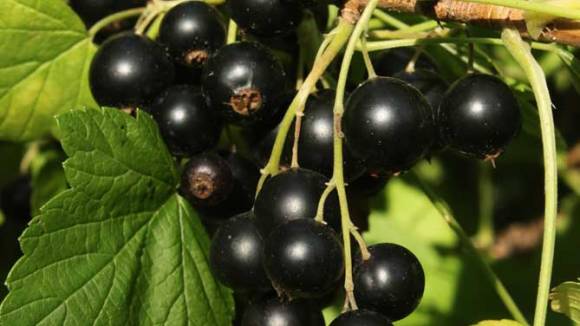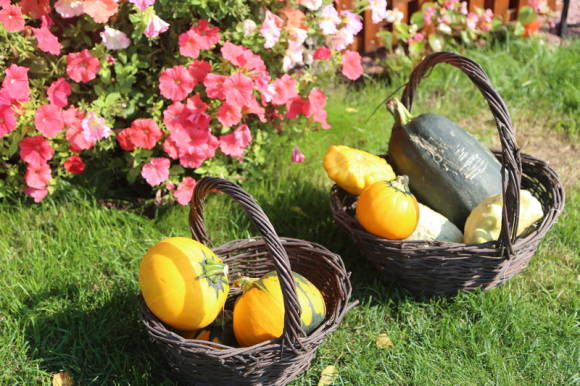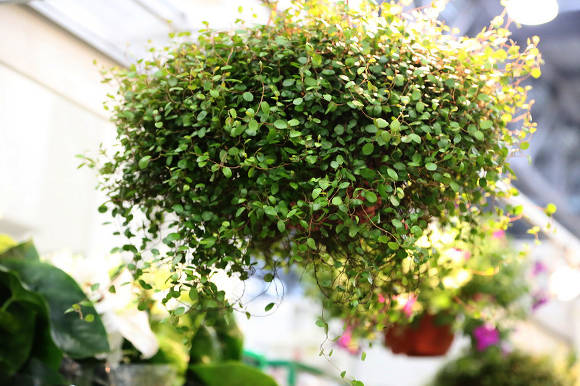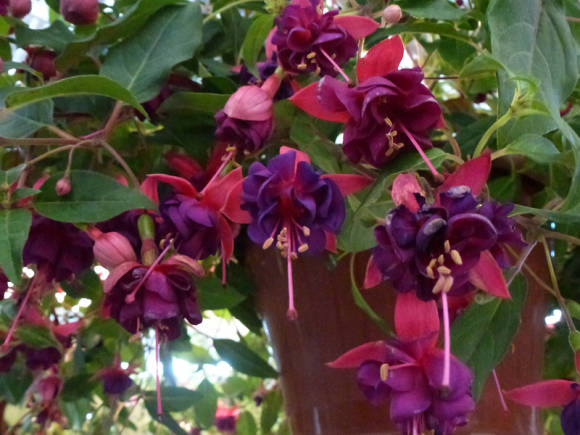In recent years, the popularity of national dishes of East Asian cuisine has been growing among Russian gardeners. This kitchen is distinguished by a very large variety of vegetables and methods of their preparation, the presence of a variety of fresh herbs all year round.
Therefore, our range of green vegetables is gradually expanding due to the leafy forms of cabbage, radish, turnip and radish, which gives a high yield and ripens quickly, which allows you to get a lot of salad products.
Probably, not everyone knows that in addition to root crops, the leaves are also used in radish. It is clear that for these purposes, special varieties are grown, which are still very rare in our country, but growing which, you can diversify your menu by adding a salad of radish leaves.

Leaf radish - a type of oil radish (Raphanus sativus var.oleiformis) originally from East Asia, which is more often used in our country as a green manure culture. However, the salad variety has a lot of greenery and stocky growth.) Just like ordinary oil radish, it blooms with a short day, so the greens must be harvested before flowering.
Unlike ordinary radish, leaf radish does not form root crops, but it grows powerful herbaceous leaves, up to about 30 cm high, which can be eaten. These leaves accumulate a large amount (up to 7%) of dry matter and are rich in sugars, carotene and vitamin C (up to 50 mg / 100 g). These leaves should be eaten before flowering as they lose their value after flowering.
Leaf radish was brought to Russia from the Korean Peninsula. It is an annual herb about 30 cm high. It has a powerful taproot, but it usually does not form a root crop.
Its leaves are not pubescent, lyre-dissected or whole, collected in 8-16 pieces in a lush rosette. As with the usual radish, the flowers of the leafy radish are collected in an inflorescence-cluster, and the seeds ripen in the pods.
Growing leaf radish
Leaf radish grows best during the cooler season. If summers are cool, these vegetables are grown all year round, and in regions with hot summers - only in spring or autumn.
The soil... It grows best in fertile, moisture-retaining soils with low to medium nitrogen content.
The soil for growing leaf radish is prepared in the same way as for radish or Chinese cabbage. Radish seeds do not impose special requirements for fertility and soil composition, but they actively respond to fertilization.
But it should be borne in mind that with an overdose of nitrogen fertilizers, radish leaves are capable of accumulating nitrates, therefore, when growing it, it is better to use complex mineral fertilizers as fertilizers, rather than fresh manure or chicken droppings.

Varieties. Since leaf radish is very little known in our country. One variety is registered in the State Register of Breeding Achievements of the Russian Federation.
Salad radish Orient Express - early ripening variety, from germination to cutting of greenery 25-35 days. A rosette of leaves 20-30 cm in diameter. The leaves are green, juicy, tender, with a smooth edge, excellent taste, with a slight pungency, containing many vitamins and mineral salts. Used fresh in salads, sandwiches and other dishes. It is grown both in open and protected ground. The variety is cold-resistant and resistant to excessive soil moisture. Radish seeds are sown to a depth of 1-1.5 cm throughout the season.
We can also recommend the seeds of the varieties of South Korean selection, "Idoren" and "Darang", which grow well in our country.
Sowing... When sown in spring on a short daylight hours, leaf radish blooms in 30–40 days. In summer, when daylight hours are at its maximum, it grows faster - after 20–25 days, but it builds up a small mass (only 8–12 leaves weighing 25–30 g).
In summer-autumn sowing, leaf radish does not bloom for quite a long time - almost two months, while producing large (12-16 leaves weighing up to 150 g) and high-quality plants, therefore, the yield of leaf radish, depending on the sowing time, ranges from 2.5 to 8 kg / sq. m.
Leaf radish yields the greatest yield on light loamy or sandy loamy soils. In a crop rotation, it is better to place it after cucumbers, tomatoes, legumes, carrots, potatoes.
Leaf radish is usually grown with one stem as an annual plant. Seeds are sown randomly or in grooves, laying them out every 10 cm.Young plants are thinned so that the interval between them is 15 cm, and between rows - 25 cm.
Care for leafy radish, traditional for early-ripening cruciferous crops: weeding, regular watering, loosening row spacings, protection from cruciferous flea beetles (dusting with ash, refreshing watering, biological products).
Harvesting and cooking recipes
The crop is harvested 5–6 weeks after sowing. The first cut is done when leaves appear and the height of the plants reaches 10 cm, or immature flower shoots are expected to appear, when the height of the plants reaches 20-25 cm. The stems are cut at a distance of 2-3 cm from the ground.

In cold weather, new shoots form on the plants and produce one to two additional harvests over four to five weeks. Shoots are cut until the stems are soft.
Then the plant is pulled out of the soil, the roots are rinsed with water and wrapped in a damp cloth and a plastic bag. In this form, the radish is stored in the refrigerator for 10-12 days.
Leaves, young stems and young inflorescences with a sweetish taste are eaten after cooking or cut for salads.
Spring salad (for 4 servings). Chop 4 medium plants and a fresh cucumber, add chopped green onions (30 grams) and season with vegetable oil and salt to taste.
Kim-chi in korean... Mix coarsely chopped leaf radish, green onions, carrots chopped in long thin strips, salt, season with red pepper and mix well. This salad is not seasoned with vegetable oil or mayonnaise.
"Ural gardener", No. 29, 2016









